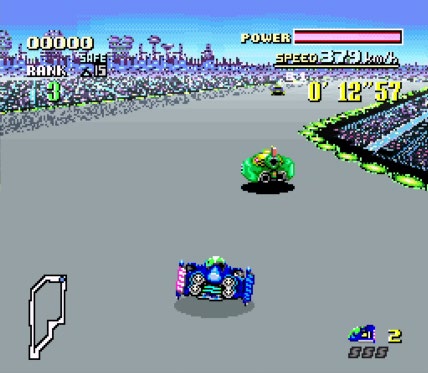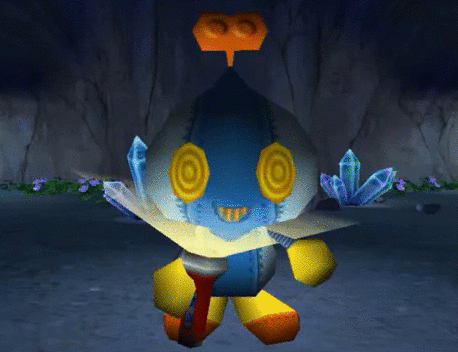Watch the video version of this essay here!
F-Zero was made for the Super Nintendo, a console with one of the best controller designs.Unsurprisingly, the way this game interacts with its intended input medium is phenomenal. However, it leaves a lot to be desired if trying to
substitute the SNES controller for just about anything more modern. First, the controls are rather simple: B is the throttle or acceleration (hold this one down to go the big fast), X and Y are brakes, L and R shift the craft’s weight for sharper turns, and A allows you a boost only after the SSS on the bottom of the screen is colored in. The game is very tightly controlled on a controller with a decent Directional Pad, making the game’s speed feel natural and easy to get in the groove of. Unfortunately, halfway through my first session, my personal Super Nintendo controller decided to have a handful of senior moments leading me to have to play the game using a DualShock4. The D-Pad made the whole game noticeably more slippery and harder to play. And to be fair, F-Zero wasn’t intended to be played with anything other than the console for which it was developed, so this is more warning than criticism. One major thing missing from the game is the multiplayer, understandable because of the limitations of the time, but a shame, nonetheless.

Overall, the game is delightful; its intensity and high-pressure style of balancing risk and reward make this game easily of my recent favorites. It has a real quick learning curve just for being able to be picked up. However, it is a game that begs to be mastered in the same way games like Dark Souls do. Since the game is about speed and precision, this mastery seems to take a lot of time and practice. There are three difficulty modes, four vehicles that all handle differently, and three tournaments that get more complicated after each one–leaving a lot to master, and giving F-Zero a shocking amount of replayability. Its flow is excellent despite being an older racing game. Often, these games can be accused of jank or unfair rubber-banding, primarily due to the technical limitations of the time, but F-Zero excels in making each race feel as natural as the console could possibly produce. Because there is always so much going on and so much happening so quickly, computer opponents make mistakes, you constantly make mistakes, and it never feels like it’s out of your control.









